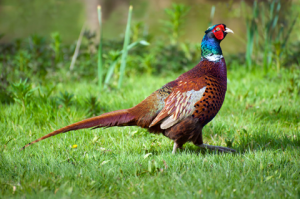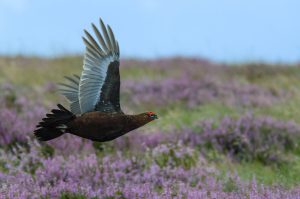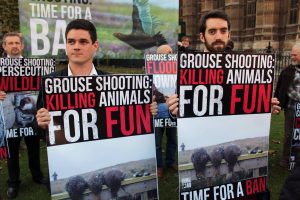Shooting
Every year, around 40-60 million purpose-bred, non-native pheasants and partridges are released into the British countryside to be shot for “sport”. Our brand-new campaign, ‘Killing our Countryside: It’s time to ban shooting’, launched by Animal Aid patron, Chris Packham, makes the case for a total ban on the production and “sport” shooting of live birds for entertainment.
Game Bird Shooting in brief
Every year, 40-60 million pheasants and partridges are mass-produced so that they can be shot down by wealthy guns in the UK. Thousands of pheasants and partridges, used for egg production, are confined for the whole of their productive lives in cruel and oppressive metal battery cages, known as raised laying units. Grouse are also classed as ‘game’. Around half a million of them are killed every year in Britain for ‘sport’ by some of the wealthiest and influential individuals in the land.
Any wild animal deemed to be a threat to the brief survival of the grouse (including stoats, weasels and even iconic raptors such as hen harriers, red kites and golden eagles) are legally or illegally trapped, snared, or poisoned. In order to create a landscape for feeding and sheltering the grouse, ecologically precious blanket bog is burned and drained.
In addition, around 1 million ducks are shot for sport between 1 September and 31 January – the majority purpose bred in sheds.
Animal Aid is calling for a ban on the production of birds for ‘sport’ shooting.


